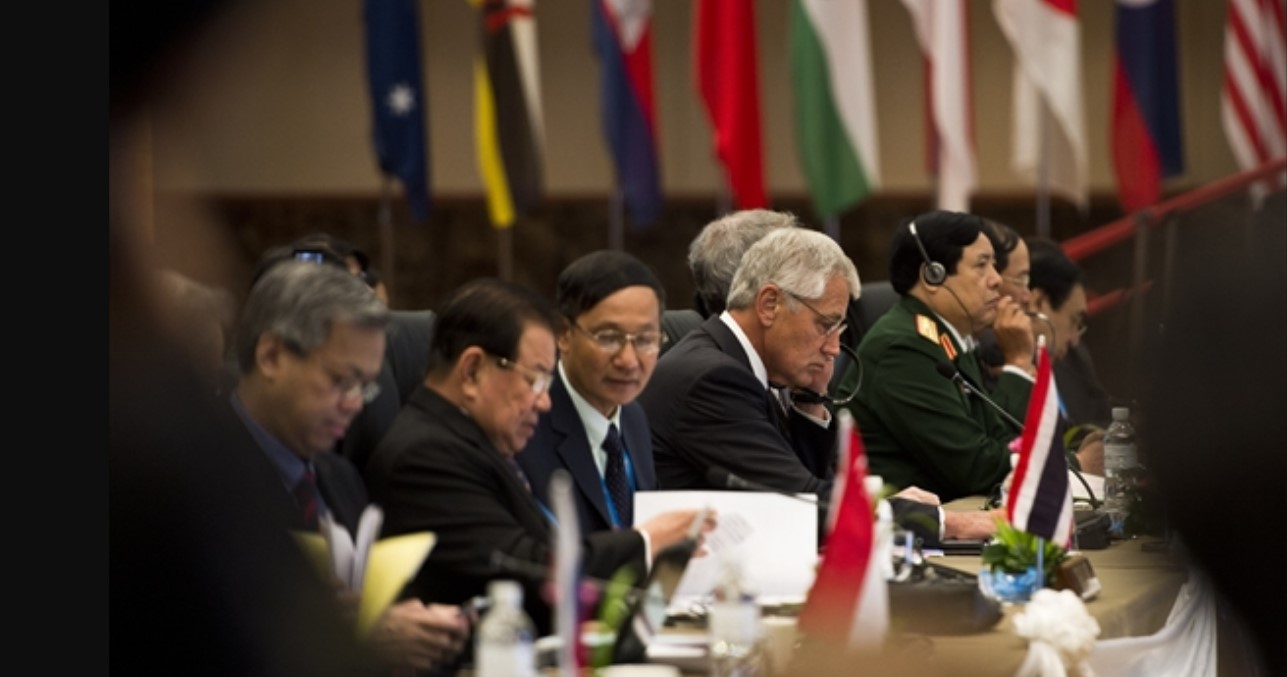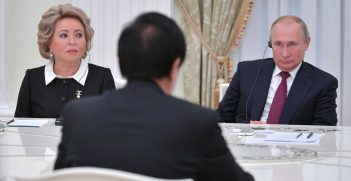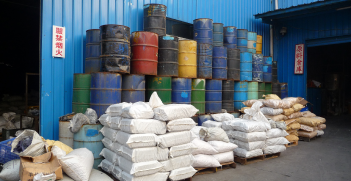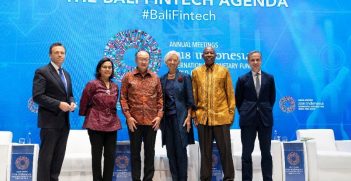ADMM-Plus Exercises: A Platform for Power Competition?

After two major joint exercises between the US and Southeast Asian countries, the ASEAN Defence Ministers’ Meeting Plus (ADMM-Plus) may become a platform for the Sino-US competition for influence.
Since being established in 2010, the ADMM-Plus has been comprised of ten member states of the Association of Southeast Asian Nations (ASEAN) and eight partner countries. Together, they have been involved in the cooperation of a variety of multilateral military exercises. The categories of ADMM-Plus exercises correspond to its seven Expert Working Groups (EWGs), namely maritime security, counterterrorism, humanitarian assistance and disaster relief, peacekeeping operations, military medicine, humanitarian mine action, and cyber security. Under these less political themes, the militaries and other related departments of the 18 countries are able to conduct field exercises, which are representative of multinational military presence reflecting various political and strategic interests. These exercises present a bridge of defence diplomacy among participant parties, such as experience-sharing, improving interoperability, and defense diplomacy.
However, the unprecedented ASEAN-China maritime exercise of 2018 and the ASEAN-US maritime exercise in the following year suggest an emerging power competition. These two “ASEAN+1” (that is, either “ASEAN + China” or “ASEAN + US”) exercises happening within a short time gap in a generally similar way could be seen as a form of competition between the two superpowers for regional influence. If additional ASEAN+1 exercises were held or even regularised, the competition may reflect in the comparison on military platforms, exercise scenarios, scales, or other features. That is, the number of personnel and assets sent to a joint exercise reflect participant states’ commitment and interests. Major platforms, such as aircraft carriers or landing platform helicopter (LPH) in the exercise are showcases of military capability. The extent of sophistication in exercise scenarios suggests how much participant states are willing to cooperate as well as their interoperability.
A possibility that other powers such as India also call for similar exercises could further complicate the situation. Aside from ad hoc events, ADMM-Plus routine exercises could also be a showcase of power by a hosted country. For example, a large-scaled counterterrorism exercise in Guilin, China in 2019 could be interpreted as a kind of power demonstration.
According to the geopolitical importance of Southeast Asia in the Indo-Pacific arena, the Sino-US competition for influence would continue. The tensions of this competition could be evaluated by two indicators: the regularity of ASEAN+1, and the regularity of the US hosting exercises. Making ASEAN+1 exercises routine is tantamount to the institutionalisation of the power competition, and it may reshape the atmosphere of the ADMM-Plus from cooperation to confrontation. Moreover, the resources for existing events may be deprived because many ASEAN countries have limited capacity. However, this goal may not be easy for Beijing and Washington to achieve either. It is not a smooth avenue for regional countries to adjust their respective training schedules to be compatible with specific timing, and then deploy their vessels and other assets across the region to an exercise site. Some Southeast Asian navies have limited financial capacity and asset availability to participate in overseas exercises at a higher frequency than at the current level. For other ASEAN countries that do have adequate capacity, synchronising respective training and logistical schedules is not simple either. To overcome these difficulties, an organising superpower would need significant political influence and other resources to assist all ASEAN countries for cooperation. The opportunity cost for such an effort could be high compared to pursuing the same goals in bilateral exercises or other means of defence diplomacy. Apart from the operational sphere, the institutionalisation could be delayed, disrupted or restricted by either the ASEAN members or the Plus countries based on the established mechanism.
Washington’s willingness to host an ADMM-Plus exercise could be another sign of intensification. Despite their military’s participation in numerous bilateral and multilateral exercises in Southeast Asia, in and out of the ADMM-Plus, the US has not hosted any ADMM-Plus exercise. but a few activities, much lower than other Plus countries, such as China, Australia, and India. Since several US bases and territories, such as Guam, are quite close to Southeast Asia, not to mention the continuous military presence in the region, Washington’s limited motive could be a major factor regarding its broad security view around the globe. If the US starts to host an ADMM-Plus exercise, especially more than once in a short timeframe, it would signify its rising attention towards Southeast Asia and increase the concern of China.
Whether these two signs are realised or not, the ASEAN countries are unable to change the relations between the superpowers, but to contain some competition in the ADMM-Plus framework would be rather positive for regional stability. As long as the competition is institutionalised, ASEAN and other partner countries are exert some influence, which is better than being left out of the established security architecture. Undeniably, extra-regional powers would remain an influence in Southeast Asia in bilateral ties, but the ADMM-Plus is still a pool for attracting their attention due to it being the most available and comprehensive mechanism for joint exercises and other forms of defence diplomacy.
It is difficult to tell how much the competition among major powers will escalate, but the ADMM-Plus could continuously contribute to regional stability by accommodating the dynamics between the superpowers and other extra-regional actors. Although the overall Sino-US competition would be greater than what the ADMM-Plus can handle, these two superpowers have other issues on which to meet such as Northeast Asia and Taiwan Strait, thus taking some pressure off from ADMM-Plus. Overall, these superpowers’ contention for Southeast Asia could be manageable for the regional security architecture. It would not be pleasant for Southeast Asian countries and their partners to see the ADMM-Plus involved in the power rivalry, but the ASEAN principle of inclusiveness could be further applied for containing and managing the competition for influence between the superpowers.
Dr Shang-su Wu is a research fellow of the Regional Security Architecture Programme at the Rajaratnam School of International Studies, at Nanyang Technological University in Singapore.
This article is published under a Creative Commons Licence and may be republished with attribution..





